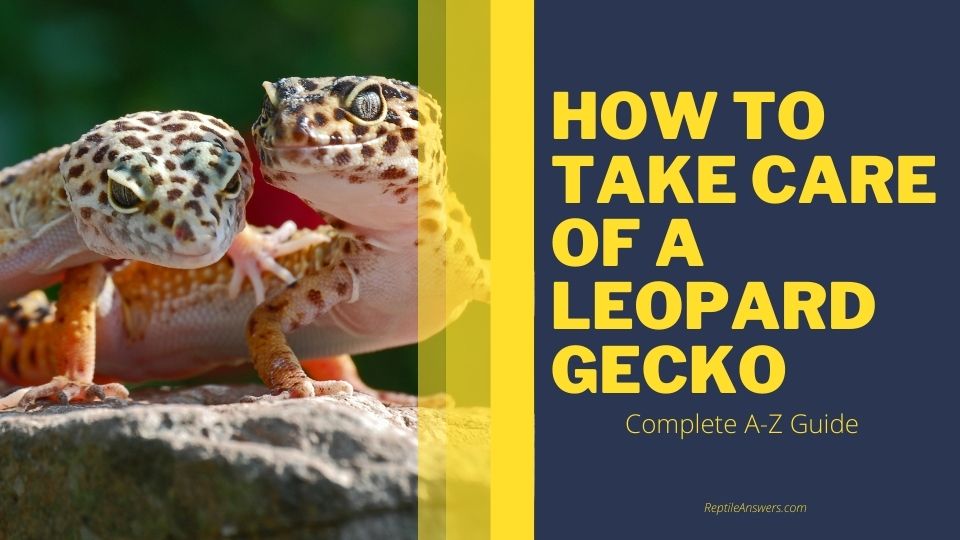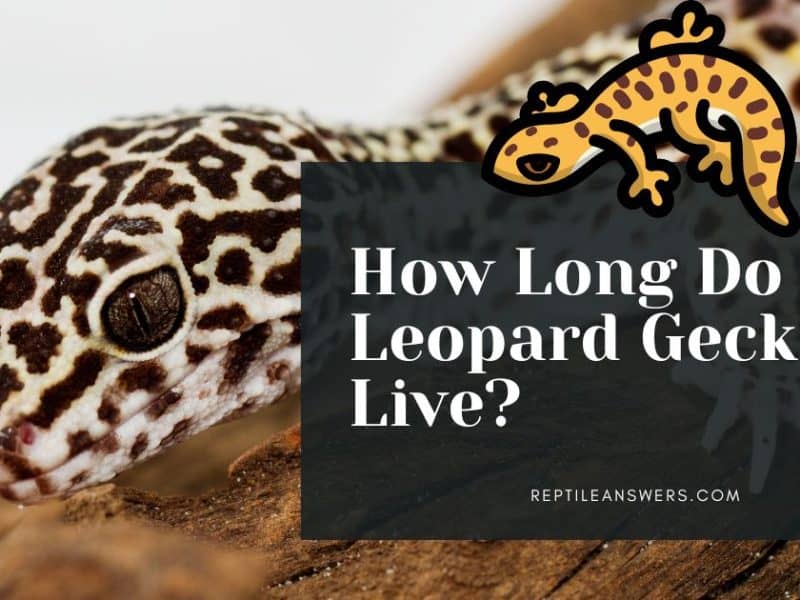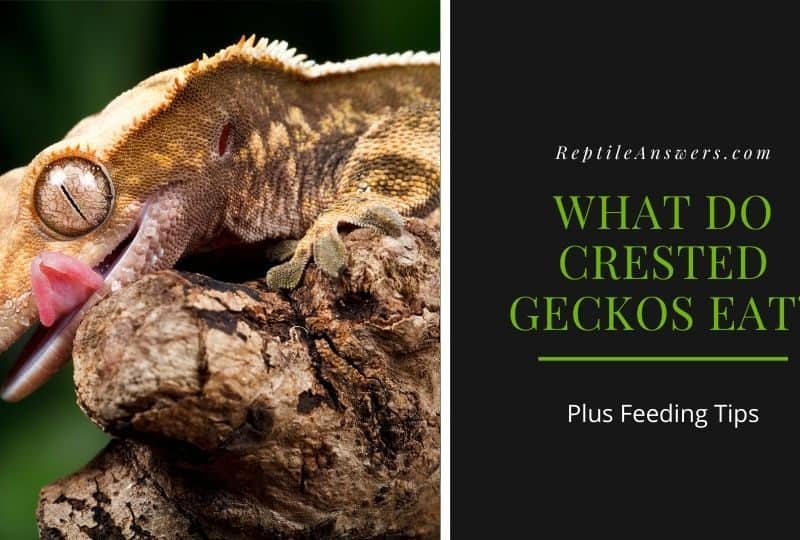Do you have a leopard gecko? If so, then you know that they need special care to keep them healthy and happy. Here are some tips on how to take care of your leopard gecko!

Leopard gecko habitat
If you’re thinking of getting a leopard gecko as a pet, congratulations! These friendly lizards make great pets for first-time reptile owners and experienced herp enthusiasts alike. But before you bring your new gecko home, it’s important to read on and learn how to take care of your new pet best.
Substrate is one of the most important things to consider when setting up a leopard gecko habitat. This is the material you’ll use to line the bottom of your tank or enclosure.
There are many different types of substrates available, but not all of them are suitable for leopard geckos. Some substrates can be harmful if ingested, while others can irritate your gecko’s skin or eyes. So what should you use?
We recommend using either paper towels or reptile carpet as a substrate for leopard geckos. Both of these materials are safe and easy to clean, and they won’t cause any problems if your gecko happens to eat them. Just be sure to change the paper towel regularly and spot-clean the reptile carpet as needed.
Another important consideration when setting up a leopard gecko habitat is temperature. Leopard geckos are native to warm climates, so they need a warm environment in captivity.
The ideal temperature range for leopard geckos is 75-85 degrees Fahrenheit during the day, with a drop to 65-75 degrees at night. You can provide this temperature gradient by using an incandescent bulb or ceramic heat emitter on one side of the enclosure and leaving the other side cooler (but still above 75 degrees). Be sure to use a thermometer inside the enclosure so that you can keep an eye on the temperature and make adjustments as needed.
Last but not least, every leopard gecko habitat needs hiding places where your pet can retreat when it wants some privacy or feels threatened. Leopard geckos feel safest when they have several places to hide; we recommend offering at least two hiding spots per lizard (more if possible).
Hiding spots can be anything from commercial reptile hides to simple cardboard boxes turned upside down with an opening cut into one side. As long as your lizard feels safe inside its hiding spot, it doesn’t matter what you use!

Leopard gecko diet
A leopard gecko’s diet is relatively simple and does not require much variety. In the wild, these lizards typically eat insects, such as crickets and mealworms. They will also consume the occasional small mammal or reptile.
In captivity, a diet of live insects is still the best option for your leopard gecko. You can purchase live crickets and mealworms from most pet stores. Dusting these insects with a calcium powder before feeding them to your lizard is important, as leopard geckos need this nutrient to stay healthy. You can also occasionally feed it pinky mice as a treat.
You should feed your leopard gecko 1-3 times per week, depending on its size and appetite. A good rule of thumb is to offer food that is approximately the same size as the space between your lizard’s eyes.
If you are unsure whether your leopard gecko has had enough to eat, simply observe its weight over time – if it starts to lose weight, then increase the frequency of feedings; if it starts to gain weight, then decrease the frequency of feedings.

Leopard gecko handling and care
Leopard geckos are popular pets in many countries and are known for their docile nature and easy care requirements. If you’re thinking of getting a leopard gecko as a pet, there are some things you need to know about how to take care of them.
In the wild, leopard geckos live in warm, dry environments such as deserts or rocky hillsides. In captivity, they can be kept in a variety of different habitats. Still, it’s essential to provide them with a warm and dry environment that mimics their natural habitat as much as possible.
Leopard geckos are nocturnal animals so they will be most active at night. During the day, they like to hide away in dark places where they can stay cool and avoid predators.
Leopard geckos are relatively small lizards, averaging around 20cm in length from head to tail. They have distinctive spotted patterns on their skin, which can come in a variety of different colours depending on the subspecies. As well as being kept as pets, leopard geckos are also bred by hobbyists for their unusual colour patterns.
As far as food goes, leopard geckos are mainly insectivores. They would eat small insects such as crickets or mealworms in the wild. In captivity, you can buy specialised ‘gecko diets’ which contain all the nutrients your pet needs.
These diets come in either powder or pellet form, and should be dusted with calcium powder before feeding to your leopard gecko (this is especially important for female Geckos who need extra calcium for egg production).
Insects should make up around 70% of your leopard gecko’s diet; the other 30% can be made up of vegetables such as chopped kale or carrots (make sure these are finely chopped so your leopard gecko can easily digest them).

Leopard gecko health
As a first time leopard gecko owner, you might be wondering how to take care of your new pet. Although leopard geckos are relatively easy to care for, there are a few things you should know in order to keep your gecko healthy and happy.
Here are some tips on leopard gecko care:
- Provide a suitable habitat. Leopard geckos need a warm, dry environment with hiding places and plenty of room to roam. A commercial reptile cage or terrarium can be used, but ensure it is at least 10-20 gallons in size. You will also need to provide a heat source, as leopard geckos require temperatures between 75-85 degrees Fahrenheit, with basking temperatures between 88-90 degrees.
- Feed your gecko appropriately. Leopard geckos are insectivores, so their diet should consist mainly of live insects such as crickets or mealworms. These can be purchased from most pet stores. Geckos should be fed every day or every other day and offered as many insects as they can eat in one sitting (usually 5-10). It is also important to dust the insects with calcium powder before feeding them to your gecko, as this will help prevent metabolic bone disease.
- Offer fresh water daily. A small bowl of clean water should be available at all times for your leopard gecko to drink from. The bowl should be shallow enough that your gecko can access it easily without drowning risk.
Leopard gecko breeding
As leopard gecko breeders, we often get asked how to take care of a leopard gecko. The best way to take care of a leopard gecko is to provide it with the proper habitat, diet, and care.
A proper habitat for a leopard gecko includes a warm basking area, a cool hiding area, and a humid hide. A basking spot can be created by using a heat lamp placed on one side of the enclosure. The basking temperature should be around 88-90 degrees Fahrenheit.
The cool side of the enclosure should have an ambient temperature in the mid-70s. A humidity hide can be created by placing damp moss or sphagnum moss in a container inside the enclosure. The humidity level inside the hide should be around 50%.
Leopard geckos are insectivores and their diet should consist primarily of insects such as crickets, mealworms, and waxworms. These insects should be dusted with calcium powder before being offered to your leopard gecko.
Live food items should only make up about 20% of your leopard gecko’s diet as they can sometimes carry harmful bacteria that can make your reptile sick. Leopard geckos will also drink water from their bowl or from droplets that form on the sides of their tank after spraying it down with water from a spray bottle.
Proper care for your leopard gecko includes regular handling and cleaning of its enclosure. Handling your leopard gecko regularly will help it become accustomed to you and less likely to bite when handled in the future.
When cleaning its cage, be sure to remove all waste material and replace any bedding that has become soiled. It is also important to provide your leopard gecko with hiding places inside its enclosure as these places offer them security and comfort.

Leopard gecko life span
As a reptile, leopard geckos are relatively long-lived creatures and can live for up to 20 years in captivity if they are properly cared for. In the wild, however, their life expectancy is much shorter due to predation and other hazards.
To ensure your leopard gecko has a long and healthy life, it is vital to provide proper care. This includes a suitable habitat with the appropriate temperature and humidity, a nutritious diet, and regular veterinary check-ups.
Leopard gecko morphs
Leopard geckos are some of the most popular reptiles kept as pets. They are relatively easy to care for and come in a wide variety of colors and patterns, known as “morphs.”
Here are some things to keep in mind when caring for a leopard gecko:
Housing:
Leopard geckos should be housed individually. A 20-gallon aquarium is suitable for one adult leopard gecko. The tank should have a secure lid and be outfitted with a warm hide (a hiding place where the temperature is slightly higher than the rest of the tank), a cool hide (a hiding place where the temperature is slightly cooler than the rest of the tank), and plenty of places to climb.
Substrate:
There are many different substrates that can be used for leopard geckos, but sand is not recommended as it can cause digestive problems if ingested. Popular substrate choices include paper towels, reptile carpet, or tile.
Heating and lighting:
Leopard geckos are nocturnal animals and do not require special lighting beyond ambient room light. However, they need access to a heat source to regulate their body temperature properly.
A basking lamp is a requirement for your gecko to regulate his temperature. It should only be placed on one side of the enclosure.
Diet:
In captivity, leopard geckos should be fed live insects such as crickets or mealworms. These insects should be dusted with calcium powder before being offered to your leopard gecko to help ensure proper nutrition.
Water:
A shallow dish of water should be available at all times for your leopard gecko to drink from; however, misting the enclosure lightly once or twice per week will also help provide adequate hydration.
Handling:
Leopard Geckos are generally docile animals that can be handled without much trouble; however, it is still important to handle them gently and avoid handling them too much so as not to stress them out unnecessarily.

Leopard gecko FAQ
1. How do I take care of a leopard gecko?
Assuming you have already read our beginner’s guide to leopard gecko care, here are some frequently asked questions that will help you better understand how to take care of your new pet.
2. What is the best substrate for a leopard gecko?
There are many substrates on the market that are suitable for leopard geckos, but our personal favorite is Zoo Med’s Repti Bark because it holds moisture well and is easy to clean. Other popular substrates include newspaper, paper towels, and coco coir. Avoid using sand or other loose substrates as they can cause impaction if ingested.
3. What kind of food do leopard geckos eat?
Leopard geckos are carnivores and primarily eat insects in the wild. In captivity, they can be offered a variety of live foods such as crickets, roaches, mealworms, and waxworms. It is important to dust these insects with a calcium supplement before offering them to your gecko to prevent metabolic bone disease. You can also offer occasional pinkie mice as an additional source of protein. Adult Leopard Geckos should be fed every other day, while juveniles should be offered food daily. Be sure to remove any uneaten food items from the enclosure as they can spoil quickly and attract pests.



